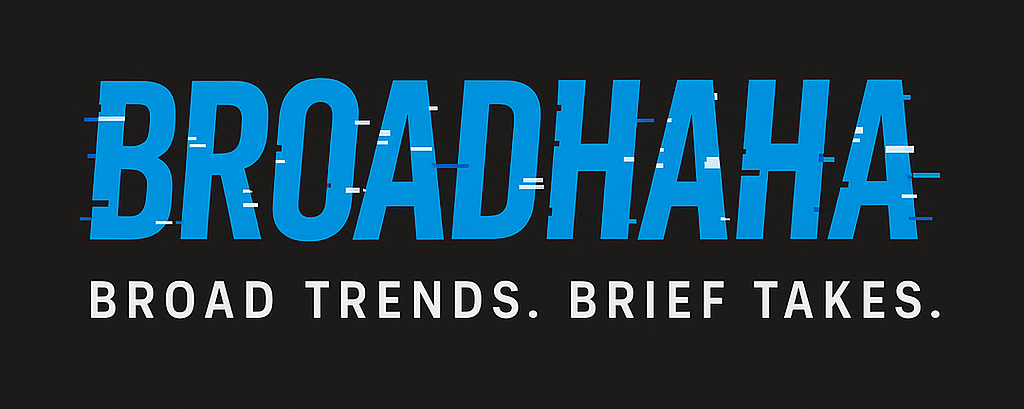Waveloom: Your Friendly Guide to Building AI Workflows Without the Headaches
Ever felt a little lost trying to make sense of AI? Trust me, you’re not alone. It seems like every day there’s a new model popping up—GPT this, Claude that. It can be overwhelming, especially if you’re not a tech whiz. But what if I told you there’s a way to visually connect these models and create smart workflows—without writing a single line of code? That’s where Waveloom comes in.
What is Waveloom?
Waveloom is like a digital Swiss Army knife for AI enthusiasts. It helps you seamlessly connect different AI models, such as GPT and Claude, to design your own workflows. Think of it like building with Lego blocks—you pick what you want to work with, snap it all together, and voilà! You’ve got something new.
Now, you might be thinking, “But I’m not a programmer. Can I really do this?” Here’s the good news: you don’t need to be. Waveloom is designed for people just like us who are curious about AI but don’t have deep technical knowledge.
Why Use Waveloom?
So, what’s the benefit of using Waveloom? Here are a few reasons that stand out:
– No coding required: Seriously, you won’t need to dive into any complex programming languages.
– Intuitive interface: It’s user-friendly. You can drag and drop your AI models to create workflows.
– Flexibility: Wanna tweak a workflow? Just adjust the connections or models you’re using. Easy peasy!
How Does it Work?
Getting started with Waveloom is straightforward. After signing up, you’ll find an easy-to-navigate interface geared towards visualizing your AI connections. Here’s a quick rundown of how it generally works:
1. Choose Your Models: Start by selecting the AI models you want to use. It could be anything from GPT for natural language processing to Claude for more structured tasks.
2. Drag and Drop: Once you’ve got your models, simply drag them onto the workspace. This is where the fun begins!
3. Connect the Dots: Link the models according to your needs. For instance, you could connect GPT for generating text with a different model that analyzes sentiment.
4. Test and Refine: Hit that run button and see how everything performs together. If something doesn’t feel right, tweak it until it feels just right.
It’s really that simple. No more endless tutorials or complicated coding required!
Some Use Cases
Wondering what you can actually do with Waveloom? Here are a few ideas that might inspire you:
– Customer Support Bots: Set up an AI that answers customer queries using GPT, while linking it to a system that provides real-time data from your product database.
– Content Creation: Combine models to create a workflow where one generates ideas and another helps refine them into full articles.
– Data Analysis: Use an AI model to collect data and feed it to another model that could generate reports or insights.
Final Thoughts
If you’re curious about AI but feel overwhelmed by its complexities, Waveloom is worth checking out. It opens up new possibilities without the steep learning curve that often comes with exploring AI tools.
So grab your coffee, dive in, and start experimenting with Waveloom! You might just find yourself creating workflows that make your life easier—all without needing a coding degree.
If you’ve got questions or want to share your experiences using Waveloom, drop a comment below. Let’s chat!
Source: Waveloom – https://taaft.co/waveloom-r/
Discover more from Broadhaha
Subscribe to get the latest posts sent to your email.







